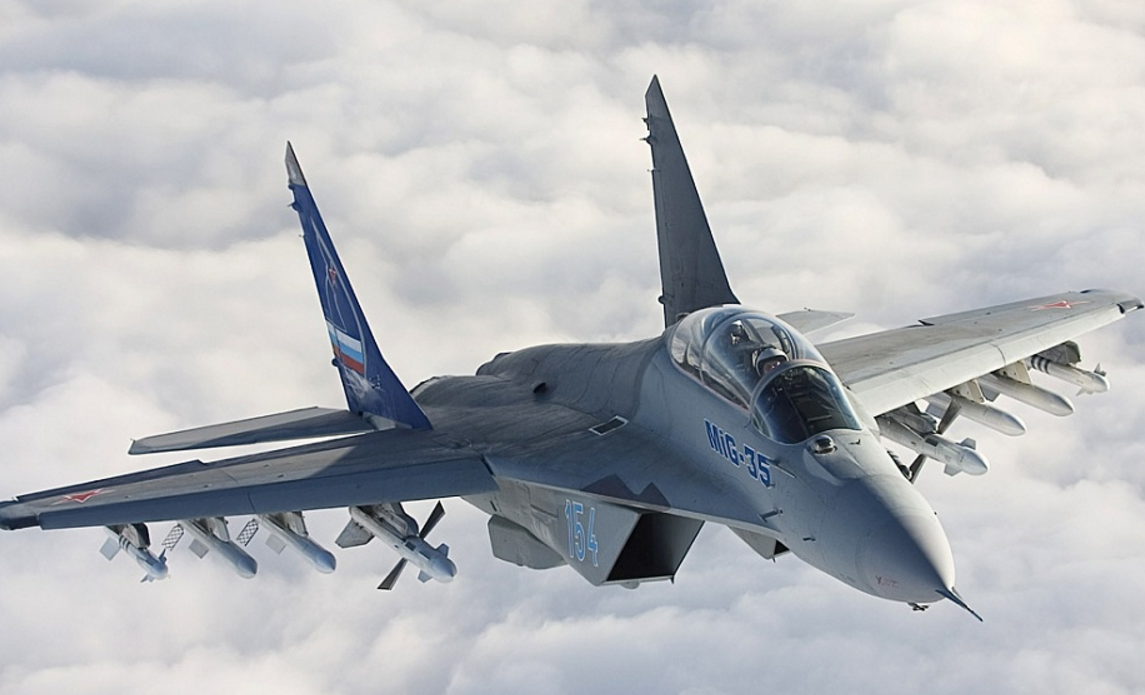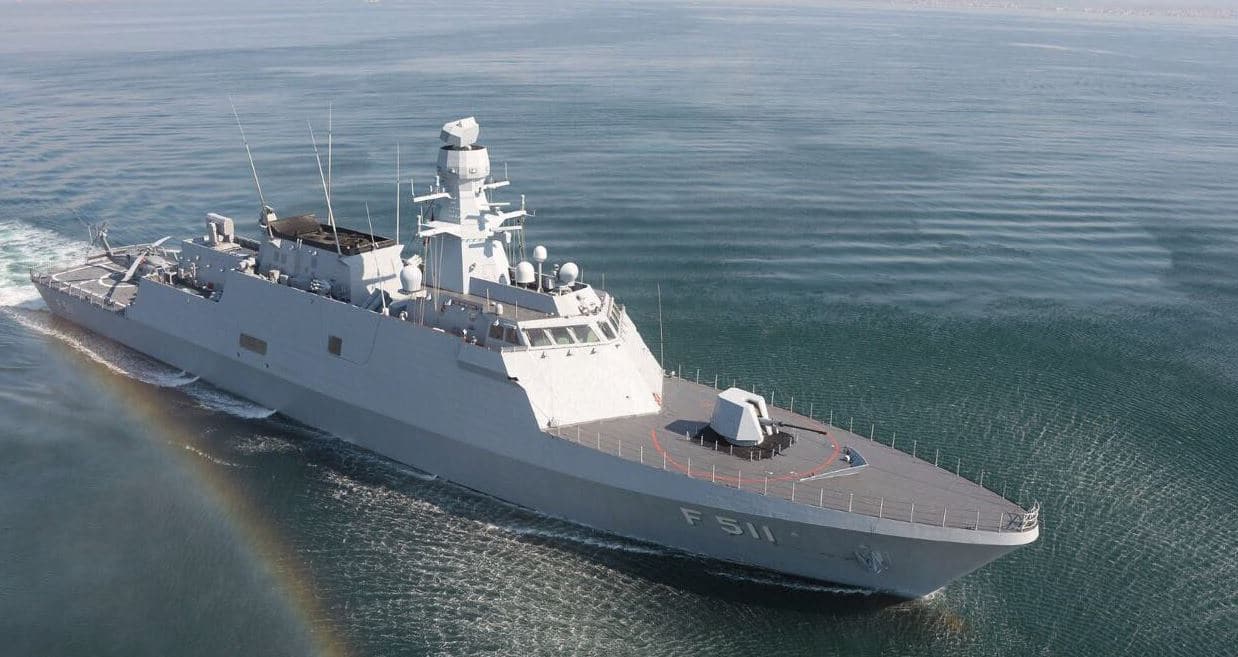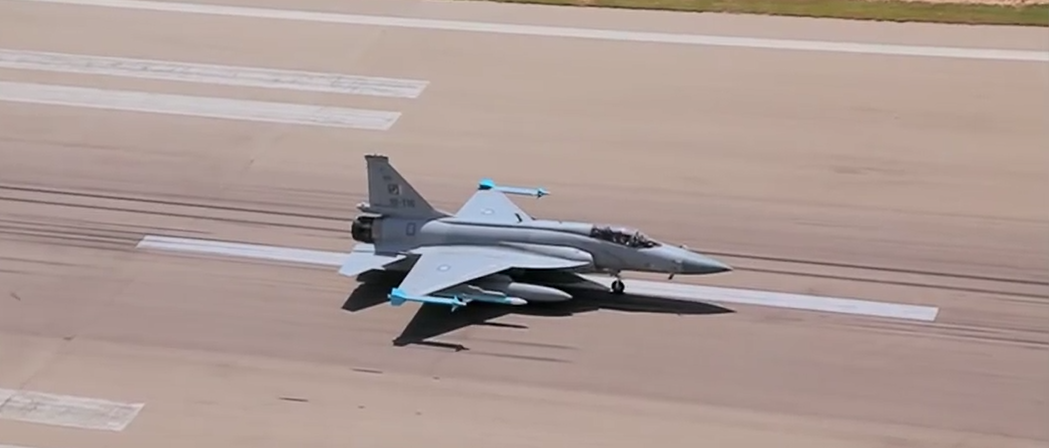29Views 12Comments

Egypt’s MiG-29s will have IRST, targeting pods & modern EW systems.
According to a Russia daily (Izvestia – via Air Recognition), the Egyptian Air Force (EAF)’s forthcoming MIG-29s will be equipped with infrared search and track (IRST) systems, modern targeting pods and electronic warfare (EW) suites.
Egypt ordered 46 MiG-29s – potentially MiG-29M/M2s – from Russia at the end of 2015 for approximately $2 billion U.S. in a bid to replace its aged MiG-21s and possibly Chengdu F-7s. The first batch of these aircraft reportedly entered production in June.
According to Izvestia, the EAF’s MiG-29s will be equipped with the OLS-UE IRST, which was originally offered with the MiG-35, the latest version of the Fulcrum. In addition, the fighters will be configured to utilize the PPK targeting pod for precision-guided air-to-ground strikes. An electronic countermeasures (ECM) suite for jamming radar-guided air-to-air missiles will also be included in the package.
Comment and Analysis
The inclusion of IRST will enable the EAF’s MiG-29s to track and engage targets based on the latter’s infrared – i.e. heat – signature. If caught in a dense EW/ECM environment with digital radio frequency memory (DRFM)-based systems, the MiG-29 can use IRST as a passive (i.e. non-emitting) sensor to detect nearby aerial objects. IRST can be a potent solution if paired with a high off-boresight (HOBS) within visual-range air-to-air missile (WVRAAM), which Egypt will likely procure from Russia. Alternatively, South Africa’s Denel Dynamics may see an A-Darter opportunity in the EAF’s MiG-29s.
With the EAF’s F-16s and Rafales equipped with the Sniper and Thales solution (e.g. Damocles), the PPK targeting pod would suggest that the EAF is seeking to mainstream precision-strike capabilities across its combat aircraft fleet. The KAB-series, Russia’s analogous counterpart to the Paveway series of laser-guided bombs could be considered the EAF’s primary air-to-ground munitions option for its MiG-29s, but again, numerous third party vendors could see an armament opportunity.
In recent years, Egypt has turned to Russia and Western Europe as a means to source advanced weapons technology, particularly for requirements the U.S. (which has been Egypt’s primary supplier of arms in the 1980s and 1990s) has been reluctant to meet. These gaps are being addressed through acquisitions from France and Russia. With the Fulcrum (MiG-29M/M2 and/or MiG-35) the EAF will not be left wanting in terms of modern fighter aircraft; in fact, the Fulcrum is comparatively affordable enough to assume a mainstay role in the EAF fighter fleet over the medium and long-term.


